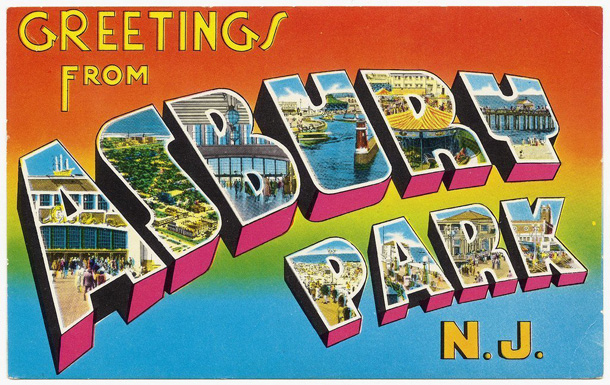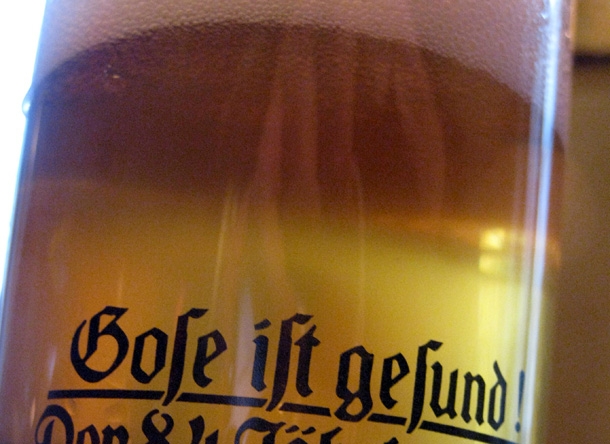BEER AND WINE LINKS, MUSING 07.02.18

Indeed, this week’s links were compiled in Asbury Park, the Jersey Shore town that Bruce Springsteen fans associate with the post card pictured above, and one working on a comeback.
Behind the Curtain — Dissecting American Resistance to Modern British Beer.
I cannot disagree with the notion that Americans are less than great at appreciating the breadth of other cultures. But this statement: “America has helped transform the world’s beer culture without diluting the value of its history or tradition.” That I can disagree with. Or put it in the form of a question: Why would you expect us to be good at appreciating the past and present of other beer cultures when we don’t respect our own history?
What Does It Mean to Build Craft Beer Culture in 21st-Century Bhutan?
If nothing else, take a look at the stunning photo at the top of the story. Of course I’m a sucker for breweries that embrace local, but the let’s get practical about hops side of my brain reads “they did try to grow hops here and it was a success” and think it is time to check the latitude. 27.5142° N, so forget the hops. But they apparently have something of a farmhouse brewing tradition. Perhaps that’s what they should build on.


 Host Roger Mueller has announced the topic for The Session #137 is
Host Roger Mueller has announced the topic for The Session #137 is